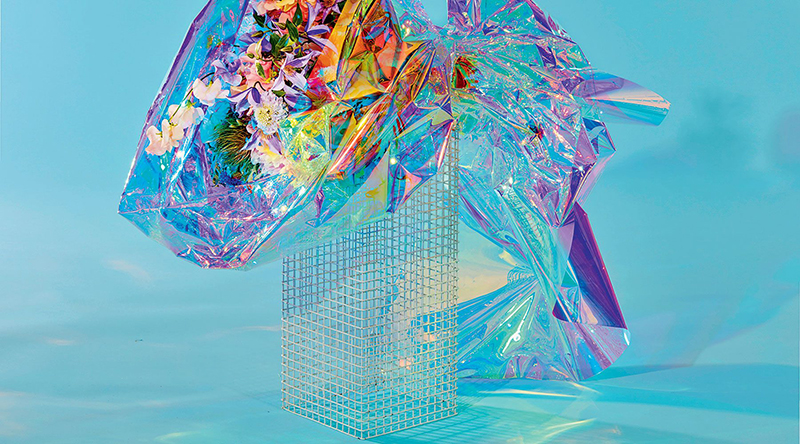Wunderman Thompson reports on 2020 food and drink trends

A new report from Wunderman Thompson has identified the key trends in food and drink across the globe that are set to drive consumer behaviour in 2020. The trends include biodiverse ingredients, less waste and restaurant interiors designed to look bad on Instagram.
‘The Future 100’ report provides 100 original trend predictions about what is likely to impact how consumers act, what they buy and what they think about in 2020. Wunderman Thompson’s analysis has noted that a number of key trends are set to transform how we eat and drink over the coming months:
Reduced waste and greater sustainability
- Consumers are leaning towards a ‘climate diet’, consuming less meat and dairy and seeking environmentally-friendly alternatives like the Impossible Burger and recipes with everything from bug burgers containing mealworms to algae chips and microgreen popsicles.
- Previously overlooked ingredients are coming to the foreground. The menu at Teranga, a West African eatery that opened in New York City last February, features baobab, moringa and fonio. They’re not only central to West African cuisine but also support biodiversity. Additionally, the world watermelon seed market is expected to grow to $751 million in 2025.
- Apps and platforms that utilise existing food and delivery systems are helping consumers to easily and conveniently adopt greener practices. Loop, which launched in the US in May 2019, allows people to purchase everyday grocery, personal care and household products in durable, refillable packages. The SpareEat app combats food waste in Israel by connecting users to restaurants, supermarkets and cafés in order for them to purchase surplus food.
- Danone is now leading a coalition of 19 major companies, including Nestlé, Unilever and Kellogg Company, to push for regenerative agriculture. The aim is to reinvent our food system and restore diversity and soil quality depleted by intensive farming.
Anti-Instagram restaurants
- The Lucky Cat restaurant in London, opened in June 2019, consciously avoids the colour-saturated, eye-catching aesthetic popularised on Instagram. The restaurant’s deep colours and dim lighting create a shadowy atmosphere that isn’t meant to translate well on screen. It instead prioritises the tactile over the visual.
- Last year architect Bernard Khoury redesigned famous underground nightclub Beirut’s B018. Khoury has doused the interior in a monochromatic deep grey, with macabre design elements adding to the sombre aesthetic. It all suggests the end of the flashy, colourful and attention-grabbing era.
Sober bars
- As consumers move towards healthier lifestyles, bars and drinks brands are catering to this shift without making clients feel that they are missing out on social experiences. Getaway opened in April 2019 in Brooklyn with sophisticated beverages including quirky ingredients such as pink peppercorn, juniper and fennel, but without a single drop of alcohol on site.
- In addition, the Virgin Mary opened in Dublin in May 2019, claiming to be the first permanent alcohol-free bar in Ireland that follows standard pub opening times and contains all the traditional vibes of a regular pub. It even offers a non-alcoholic brew that mimics Guinness.
Marie Stafford, European director of future trends at Wunderman Thompson, commented: “Sustainability and food waste are set to be the primary driving force behind how we eat and drink in 2020, with a greater focus than ever on reducing consumption and finding alternatives to the small number of crops and animals that comprise so much of the global diet.
“Lifestyle changes are also leading to a shift in design and business model for restaurants and bars. For so long it’s been about alcohol and Instagram, but things are changing. With fewer young people drinking and more of them looking for personal experiences rather than something seen through a lens, the food and drink industry is having to rethink its approach.”
Featured image: from the Wunderman Thompson ‘The Future 100’ Report.
